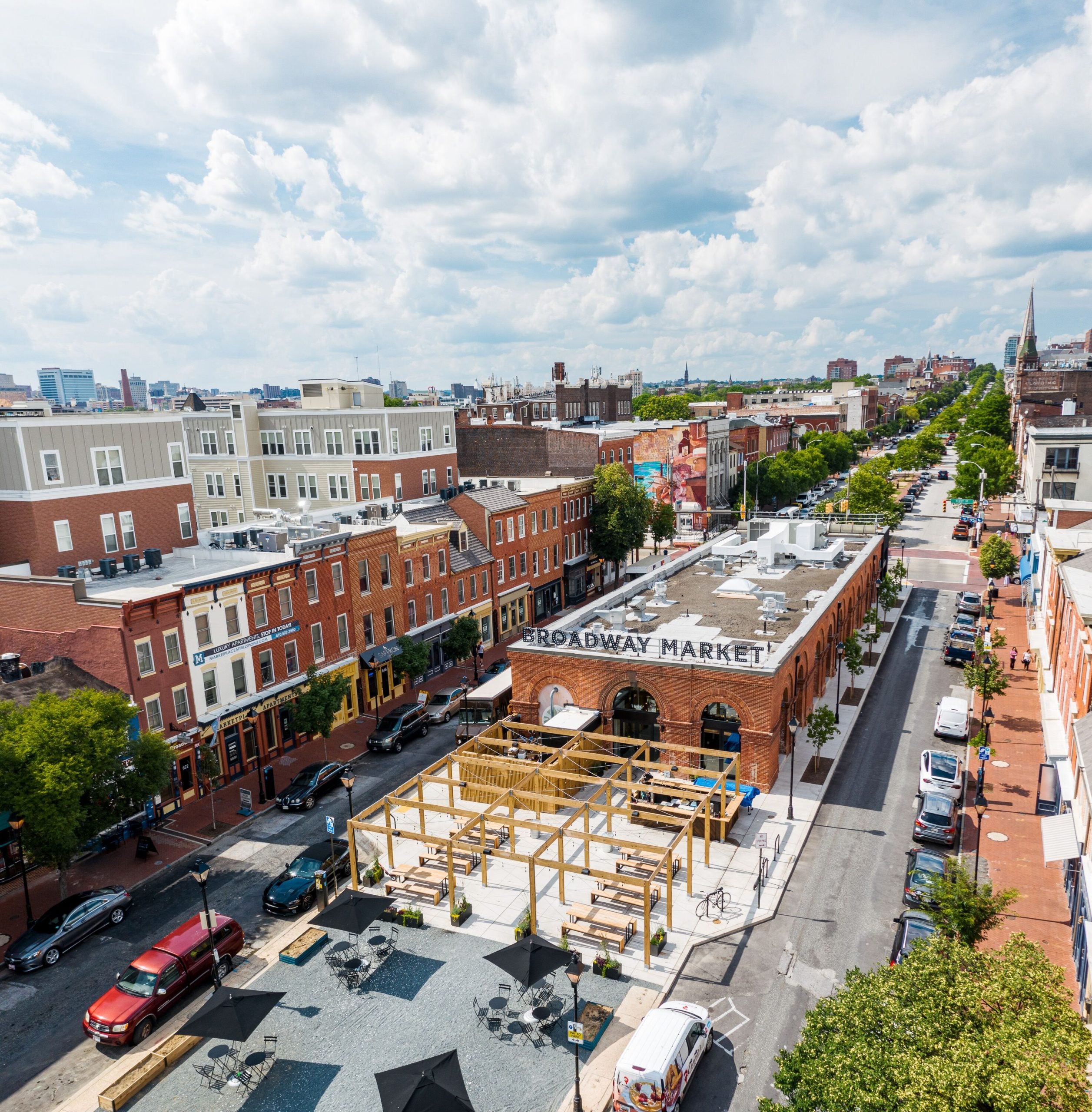
BALTIMORE – All eyes were on “Charm City” last week as it hosted the Central Intercollegiate Athletic Association (CIAA), a men’s and women’s basketball tournament, for the fourth time.
Beyond sports, culture and history also converged in Baltimore for the tournament. CIAA Commissioner Jacqie McWilliams-Parker noted, “The CIAA being in Baltimore created a greater cultural family experience. I’m a product of this conference, and I’m just pleased to see what’s happening.”
The marriage between the CIAA, the country’s oldest historically Black athletic conference, and Baltimore, a city with an undeniable place in Black history, adds another layer to this celebration of the Black experience.
Maryland Governor Wes Moore shared, “It’s only appropriate that the oldest Black conference is having its tournament in Baltimore. We’re proud that this is the home of Billie Holiday, Thurgood Marshall, and Eubie Blake. We think about what that means to continue to build upon a very rich and proud culture that we have here in Baltimore and for the state of Maryland,” he said.
“Baltimore is such a mecca for Black culture, Black excellence,” the governor added.

If you’re looking for powerful Black history lessons, Baltimore delivers them in spades. I received my first session shortly after checking in to the Sagamore Pendry Baltimore, a hotel located in Fells Point. The 250-year-old dockside neighborhood was the ideal jumping-off point for a course in Black history.

Abolitionist, author, and statesman Frederick Douglass was one of this neighborhood’s most famous residents. It’s where he and many other African Americans learned shipbuilding skills to forge a life and career. From my room, I could see the cobblestone streets and waterways that Douglass once traversed and eventually escaped to freedom. Take a stroll to retrace his footsteps.
As you meander, make your way over to the Frederick Douglass-Isaac Myers Maritime Park Museum. The 15,000-square-foot gallery space is where visitors can learn about Baltimore’s abundant Black maritime history and shipbuilding tradition. It is also the home to the first Black-owned shipyard in the United States.
Visit the Reginald F. Lewis Museum of Maryland African American History & Culture, which focuses on the state’s African American history and culture. This museum is the largest in the state dedicated to retelling the stories of Black Marylanders. I visited to experience the “Black Woman Genius: Elizabeth Talford Scott” exhibit. This temporary installation highlights the works of Scott and other Black women fiber artists. The exhibit runs from now until September 2024.

Maryland Center for History and Culture has more than 350,000 artifacts and an extensive collection of seven million books and documents African American life. One of its collections is the 7,000 evocative photographs captured between 1929 and 1965 by Baltimore Afro-American Newspaper photojournalist Paul Henderson.
Next, visit the Lillie Carroll Jackson Civil Rights Museum, which is dedicated to the life and work of Dr. Jackson, also called the mother of the Civil Rights Movement. After your tour, walk around the Marble Hill neighborhood, where the museum is located, and read the historic placards along the sidewalks.
This district was home to a bevy of civil rights behemoths, including Dr. Jackson and Civil Rights Act champion and lobbyist Clarence Mitchell, Representative Elijah Cummings, U.S. Supreme Court Justice Thurgood Marshall, and more.
To round off the tour of Baltimore’s Black history treasures, visit Morgan State University, the largest HBCU in Maryland. The university houses the James E. Lewis Museum of Art, which is a celebration of African American creativity.
Al Hutchinson, President and CEO of Visit Baltimore, noted, “You cannot talk about United States history without seeing Baltimore’s influence. Harriet Tubman, Frederick Douglass, and Billie Holiday all spent some time in Baltimore. Our Chief Justice, Thurgood Marshall, this is his hometown. Those folks contributed to the history of America, and they didn’t just do it to help Black folks. They did it to help all people in America. They are Baltimoreans, and because of them, America is a better place.”







